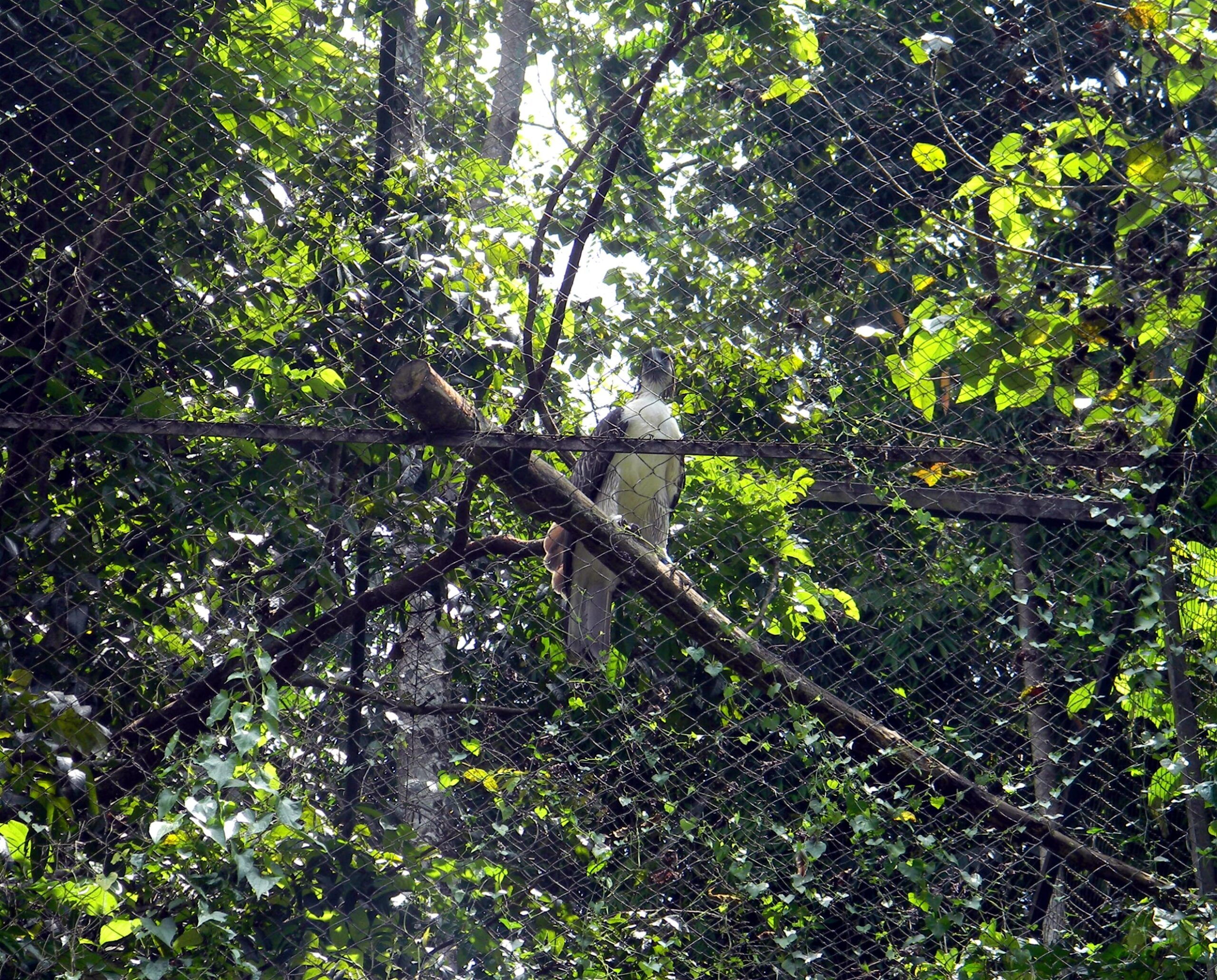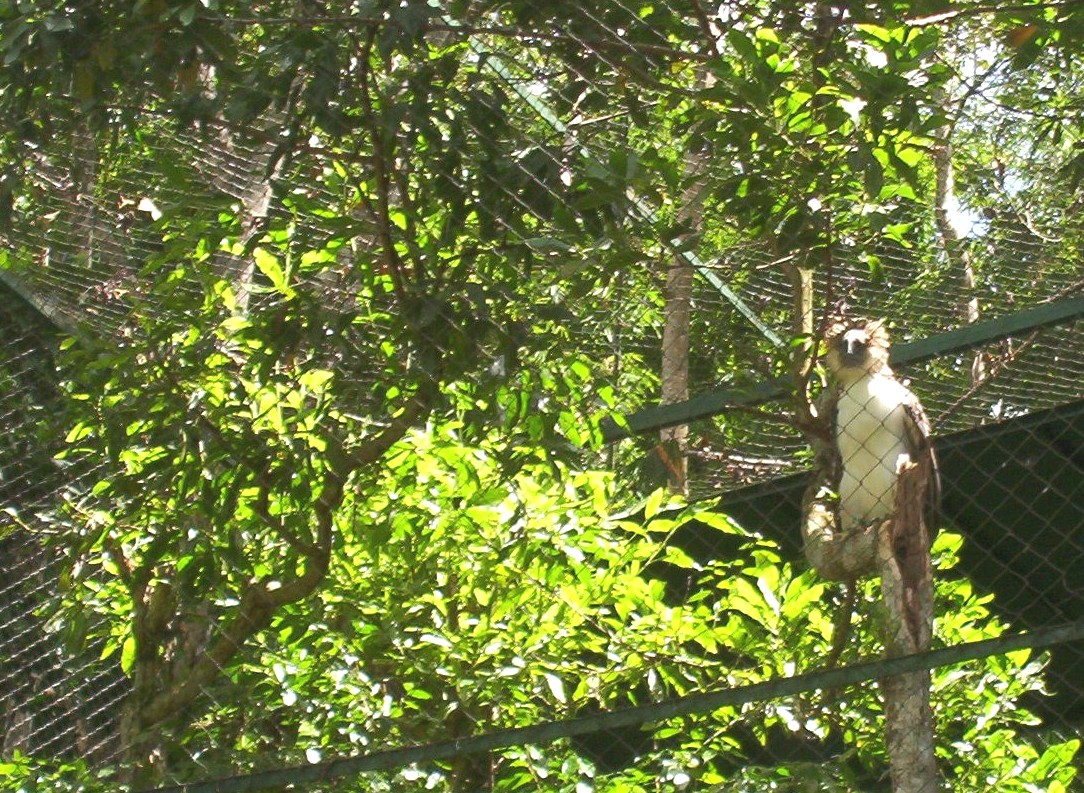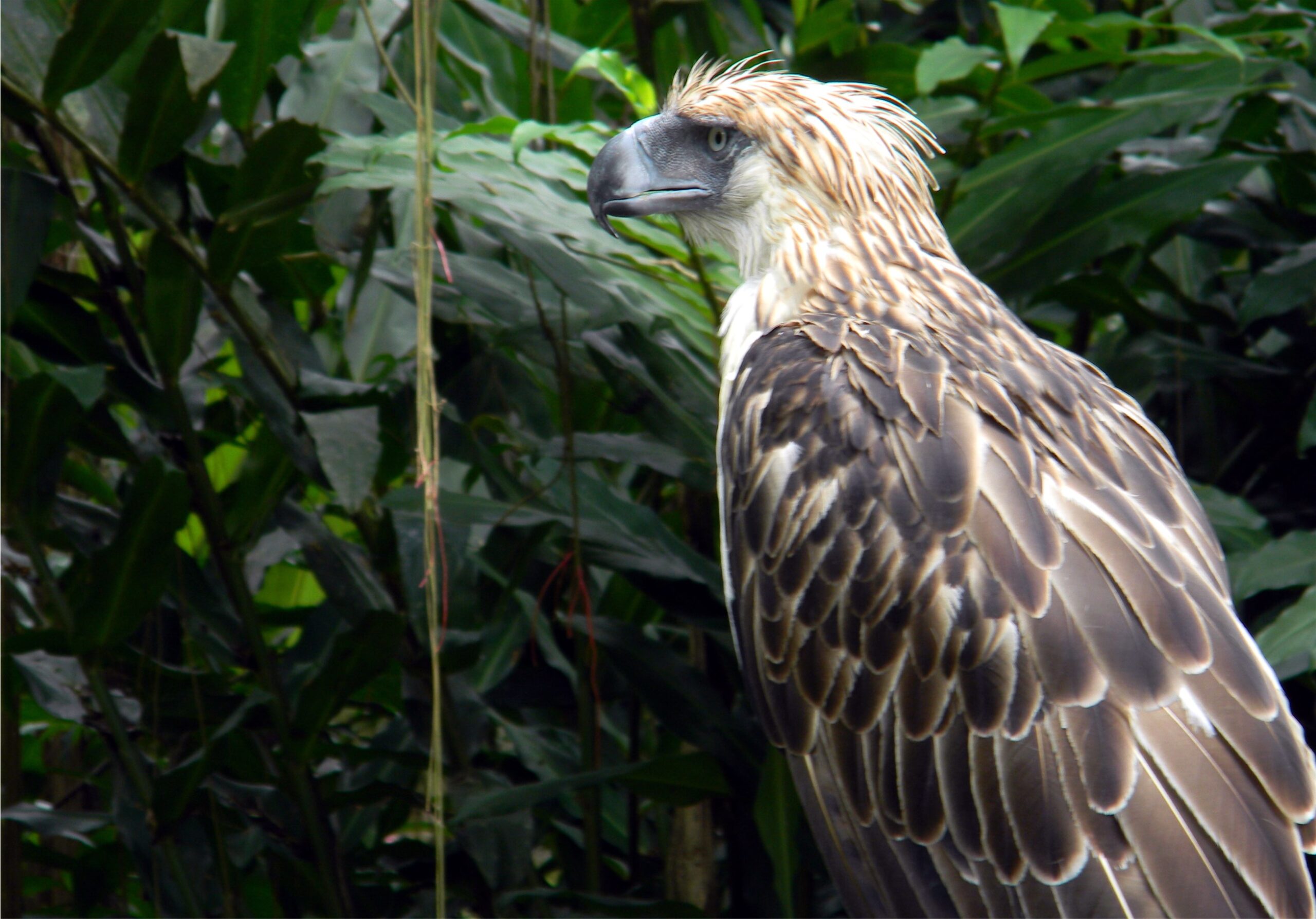Text and Photos by Henrylito D. Tacio
Just when the threat of coronavirus disease 2019 (COVID-19) is almost over, another one is coming – that of avian or bird flu.
Bird flu affects many species of birds, including chickens, ducks, turkeys, and geese. It can be passed between commercial, wild, and pet birds. Migrating waterfowl – mostly notably wild ducks – are the natural carriers of bird flu viruses. It’s suspected that infection can spread from wildfowl to domestic poultry.
“Aquatic birds are the primary natural reservoir for most subtypes of influenza A viruses,” said the Geneva-based World Health Organization (WHO). “Most cause asymptomatic or mild infection in birds, where the range of symptoms depends on the virus properties.”
According to the United Nations health agency, viruses that cause severe disease in birds and result in high death rates are called highly pathogenic avian influenza. Viruses that cause outbreaks in poultry but are not generally associated with severe disease are called low pathogenic avian influenza.
Although there are still no confirmed cases of bird flu in the Davao region, the Philippine Eagle Foundation (PEF) is very cautious about the situation. “With the avian flu treading closer than ever, (we) have begun taking measures in case we need to lockdown,” it said on its social media account.
Last April 11, the Philippine Eagle Center (PEC) closed down to stimulate the lockdown situation and for the staff to conduct drills. “This allows us to respond at a moment’s notice as soon as there is a detected case of avian flu in Davao City,” the foundation said. “This may cripple our operations but we cannot risk the safety of our national bird, endemic raptors and other animals housed at the PEC.”
The PEF operates the PEC, located in a far-flung area in Malagos of Calinan District in Davao City. It takes almost an hour to travel from the heart of the city to the center, where visitors get to encounter Philippine eagles placed in cages.



Over twenty years now, its conservation efforts have resulted in a vast collection of information on the characteristics and behavior of Philippine eagles, monitoring of wild eagle pairs and their nests, and protection of thousands of hectares of forest habitats that benefit both eagle and man.
But bird flu is not the only danger the Philippine eagles are facing in the facility in Malagos. “Even area’s resident snakes are a threat especially to eaglets, other raptors, and mammals,” PEF said in a press statement.
One case happened last April 5 when a juvenile eagle – identified as Chick#29 – was found lifeless on the floor of its enclosures. CCTV footage reviewed by a team of animal keepers showed the chick was attacked by a python.
“The attack happened at 12:13 AM,” the PEF said. “CCTV footage shows the snake slithering in the enclosure and attacking the eaglet while it was brooding.”
Reticulated pythons are natural resident species inside the PEC and the surrounding watershed area. They are classified as hazards under the PEC’s biosecurity measures.
“Preventive measures are in place to ensure enclosures for animals are safe against hazards and incidents of this nature,” PEF said of the recent tragedy. “The walls of the enclosure were snake proofed with an added layer of half-inch wire mesh on top of the original cyclone wire with the hole size of 2 by 2 inches.”
The PEF surmised the possible entry points “could be the feeding chute, which is a PVC pipe where food is dropped in the enclosure, or the screen ceiling.”
The enclosure is also adjacent to an adult Philippine eagle from the wild that can easily catch a snake. “But unfortunately for fledglings, they are still vulnerable to predation,” the PEF said.
The female Philippine eagle lays only one egg every two years, according to PEF. Both parents alternately incubate the egg for about 60 days, although the female spends more time incubating while the male hunts.
Upon hatching, the eaglet remains in the nest for about 5.5 months. Once it fledges, the parents will continue to look after the young eagle for as long as 17-18 months, teaching it how to fly, hunt, and to survive on its own. The young eagle matures in about six years.
“Our data suggests more than 90% of juvenile eagles die before they reach maturity,” discloses Dennis Salvador, PEF executive director. “A large part of this is caused by humans. Eagles were shot, trapped, and hunted.”
But the biggest threat comes from denuding the country’s forest cover. Citing data from the environment department, Salvador was quoted by a national paper as saying that 90% of the forest cover in the country had been denuded due to human activities.
Emmanuel Piñol, former head of the Mindanao Development Authority who’s running for the senate this coming May election, said that only 6% of the country’s total forest cover remains today. “There is an impending disaster waiting for the next generation of Filipinos if we do not do something now,” he pointed out.
“Deforestation is terrible,” deplored Salvador, who was named one of the Ten Outstanding Young Men in 2000 for wildlife conservation. “The Philippine eagle has become a critically endangered species because the loss of the forest has made it lose its natural habitat.”
“In each territory, the eagles are faithful to their nests and they like to live in large and old growth trees,” Salvador said. “Unfortunately, based on deforestation data since the early 1900s, when nearly everything was green, now we are left with few old growth forests.”
Studies conducted by the Food and Agriculture Organization of the United Nations said that a pair of Philippine eagles needs at least 7,000 to 13,000 hectares of forest as a nesting territory. “If Filipinos don’t get their act together for the cause of the endangered bird, it shall be doomed to die,” Salvador says.
The Philippine eagle is second only to the Madagascar sea eagle in rarity. In size, it beats the American bald eagle; it is the world’s second-largest – after the Harpy eagle of Central and South America.
This bird of prey was first discovered in 1896 by English naturalist John Whitehead in Samar. He first called it the monkey-eating eagle because he thought it fed primarily on monkeys and gave it the scientific name, Pithecophaga jefferyi. The scientific name came from two Greek words: pitekos (monkey) and phagien (to eat). Jefferyi was the discoverer’s tribute to his father, Jeffrey, who funded his expedition.
In 1978, the old name was dropped and given its present name through Presidential Decree No. 1732 after it was learned that monkeys comprise an insignificant portion of the bird’s diet, which consists mostly of flying lemurs, civet cats, bats, rodents, and snakes.
A majestic bird, the Philippine eagle, stands a meter high, weighs anywhere from four to seven kilograms, and has a grip three times the strength of the strongest man on earth, according to PEF.
With a wingspan of nearly seven feet and a top speed of 80 kilometers per hour, the Philippine eagle can gracefully swoop down on unsuspecting prey and carry it off without breaking flight.
“You cannot deny how charismatic the Philippine eagle is, just by looking at its enormous wings and its incredible flight,” said Maria Lourdes Almeda, ecosystems research specialist of the Biodiversity Management Bureau of the Department of Environment and Natural Resources (DENR) and Philippine eagle conservation focal person.
Unlike men, Philippine eagles are monogamous. Once it has selected a partner, it is for life. As Almeda puts it: “They teach us to be loyal, which they say in the vernacular as ‘May forever ang mga Philippine eagle.’ However, females can be very aggressive towards males if they dislike them.”
Efforts to save the Philippine eagles started in 1965 by Jesus A. Alvarez, then director of the autonomous Parks and Wildlife Office, and Dioscoro S. Rabor, another founding father of Philippine Conservation efforts.
American aviator Charles Lindberg, who described the Philippine eagle as “the world’s noblest flier,” spearheaded a drive to save the bird from 1969 to 1972. Within this time frame, several helpful laws were passed.
In July 1995, then-President Fidel V. Ramos signed Proclamation No. 615, naming the Philippine eagle as the country’s national bird (thus dislodging the maya). He said that the eagle is found only in the Philippines and, as such, should be a source of national pride.
Echoing the words of Salvador, Ramos said then: “If the national bird dies, so will all the country’s efforts at conserving its natural resources and treasures.”
